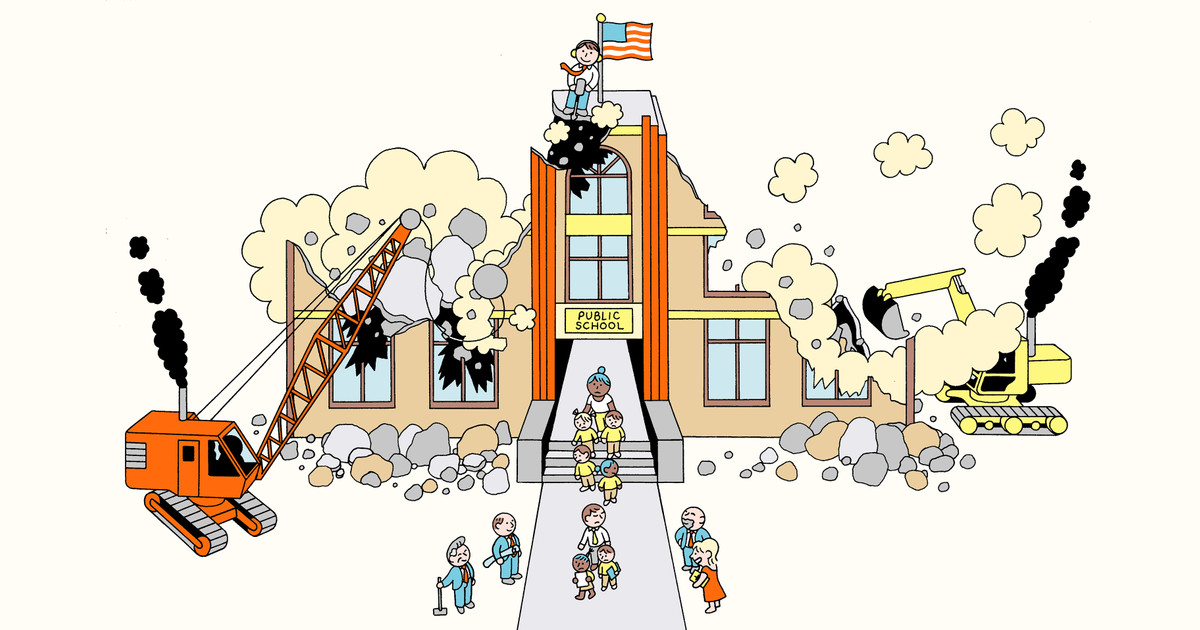
In the 1970s, a compelling study revealed a stark truth: when asked to portray a scientist, an alarming 99 percent of children opted to sketch a man. Fast forward half a century, and while the tide has shifted—more than half of girls now depict women as scientists—the digital landscape still mirrors a troubling gender dichotomy. A recent study from Berkeley researchers exposes a disconcerting reality: while the internet may suggest gender parity in the workforce, it simultaneously perpetuates systemic biases that devalue women, particularly as they age.
Search engines like Google have become digital mirrors reflecting societal norms and expectations. When we type in an occupation, we are bombarded with stock images that imply gender equality. However, a closer look reveals a more insidious truth: women are predominantly portrayed as youthful, while men are depicted as seasoned and wise. This duality underscores a cultural bias that holds women to a standard of perpetual youthfulness, while older men are lauded for their experience and expertise.
Women face relentless pressure from advertisers and societal norms to maintain a youthful appearance. This double standard regarding aging is not merely superficial; it has profound implications for how women are perceived in the professional arena. The startling reality is that aging is often viewed negatively for women, a sentiment reinforced by the images we consume daily.
The Berkeley study meticulously analyzed over half a million images across various online platforms, including Google, IMDb, and Wikipedia. The findings were illuminating. Women were consistently depicted as younger than their male counterparts, reinforcing harmful stereotypes that affect their standing in the workplace. As Douglas Guilbeault, a co-author of the study, aptly stated, biases in online content inevitably skew perceptions. When users are presented with content that caters to biases—namely, that younger women are less experienced—those biases are not just reflected; they are amplified.
This pattern is not merely a reflection of artistic choice; it is a systemic issue that reflects hiring biases pervasive in industries such as entertainment. Those seeking Hollywood profiles on IMDb are met with a stark reality: older men dominate the narrative, while women are relegated to the sidelines, often portrayed as mere shadows of their older male counterparts. This discrepancy is not just a matter of representation; it impacts the hiring practices that shape our workforce.
The internet’s portrayal of women does not align with demographic realities. Census data illuminate that women, on average, live longer than men. Yet, online imagery presents a contradictory narrative, one that skews perceptions of competence and experience. When individuals are asked to identify professionals in various fields, the expectation is that women in those roles are younger and less experienced, simply because of the images they are shown.
The consequences of this bias extend into real-world implications. The study found that the online age gap was most pronounced in higher-status positions, further entrenching the gender pay gap. This glaring inequity highlights the urgent need for accountability as we navigate a digital age increasingly influenced by artificial intelligence. AI systems, which often rely on biased online data, perpetuate these stereotypes by assuming women are inherently younger and less experienced. This is particularly alarming as many companies turn to AI for hiring processes, from screening resumes to conducting interviews.
The facade of objectivity in AI-driven decisions is misleading. As Hilke Schellmann, a professor at NYU, pointedly remarks, biases buried in data are likely to resurface in output. The lack of oversight in AI development raises red flags, particularly as these systems evolve and reinforce existing stereotypes. The very algorithms that shape our understanding of the world, when fed biased data, risk perpetuating cycles of discrimination.
Furthermore, this issue is not confined to age and gender alone; it encompasses a broader spectrum of biases festering within online data and AI models. Research has shown that AI image generators frequently churn out racist and sexist stereotypes, further compounding the urgency of addressing these biases in our digital landscape.
As we increasingly rely on the internet and algorithms to shape our understanding of society, it is imperative to recognize the profound influence these platforms wield. Guilbeault’s assertion that algorithms used by millions are entrenching biases cannot be overlooked. The digital realm should serve as a tool for empowerment and enlightenment, yet it too often perpetuates harmful stereotypes that hinder progress toward social justice and equity.
In light of these findings, we must challenge entrenched power structures that continue to devalue women and perpetuate harmful biases. It is not enough to acknowledge the problem; we must demand accountability from tech companies and advocate for systemic changes that reflect the true diversity and capability of our workforce. The time for action is now—let us dismantle the age-old biases that skew our perceptions and obstruct true equality in the workplace.
This article highlights the importance of DISRUPTS WORKFORCE EQUITY.


